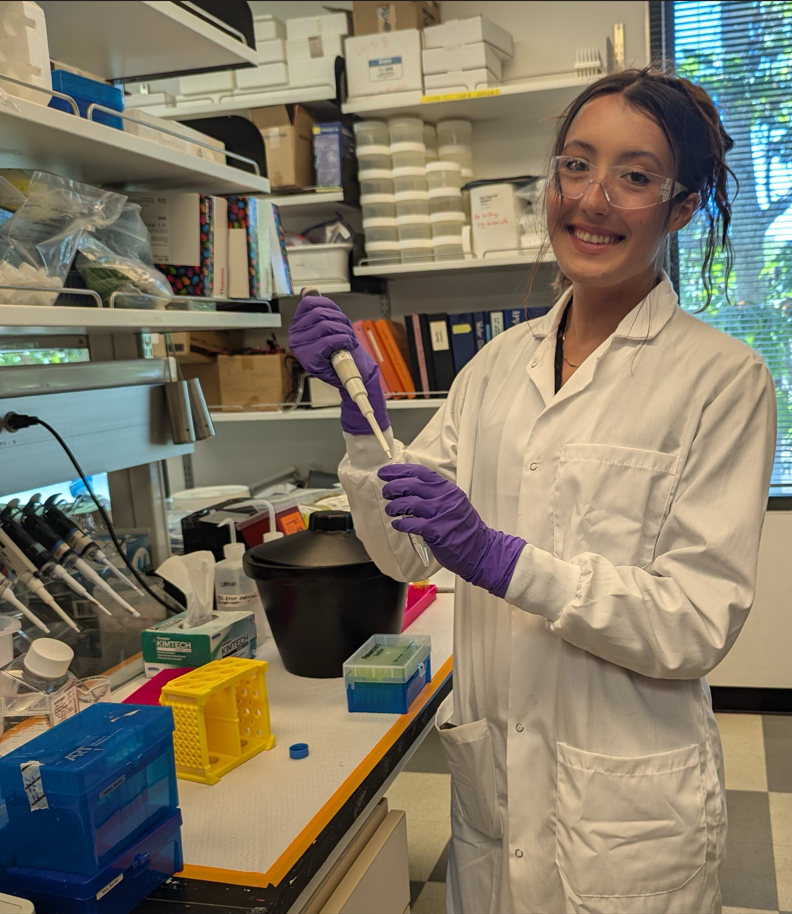
The red sea urchin (Mesocentrotus franciscanus) is a kelp forest ecosystem engineer and a multi-million-dollar fishery species where their gonads are sold as uni. The red sea urchin has been shown to be affected by marine heatwaves (MHWs) - events of extreme ocean warming - since previous MHWs have coincided with urchin mass mortality events due to diseases and food shortages. In terms of feeding ecology, giant kelp is the red urchins’ preferred food source, and diminishing biomass and quality of giant kelp due to MHWs. This could be detrimental to the urchins’ gonad growth, which the period of growth is known as gametogenesis. To observe how kelp abundance and seasonality will affect the timing of gametogenesis and biochemistry of gonads, red sea urchins were collected on SCUBA from 2023-2024 from two different California coast locations, a kelp abundant site and an urchin barren site. The gonads were then analyzed, comparing Gonadosomatic Indices (GSIs), protein abundance, and lipid composition from the two sites. Results showed that there is a significant difference in GSI (p-value < 0.05) between the two kelp abundance sites across all months except April and a difference in total protein concentration comparing the females and males from both sites. These results may indicate that with increasing MHWs, and thus food shortage events, red sea urchin’s gonads may be negatively impacted. The project’s findings may provide an understanding of red sea urchin phenology and the biochemical composition of red sea urchins’ gonads and the quality of the red sea urchin fishery in the face of future MHWs.